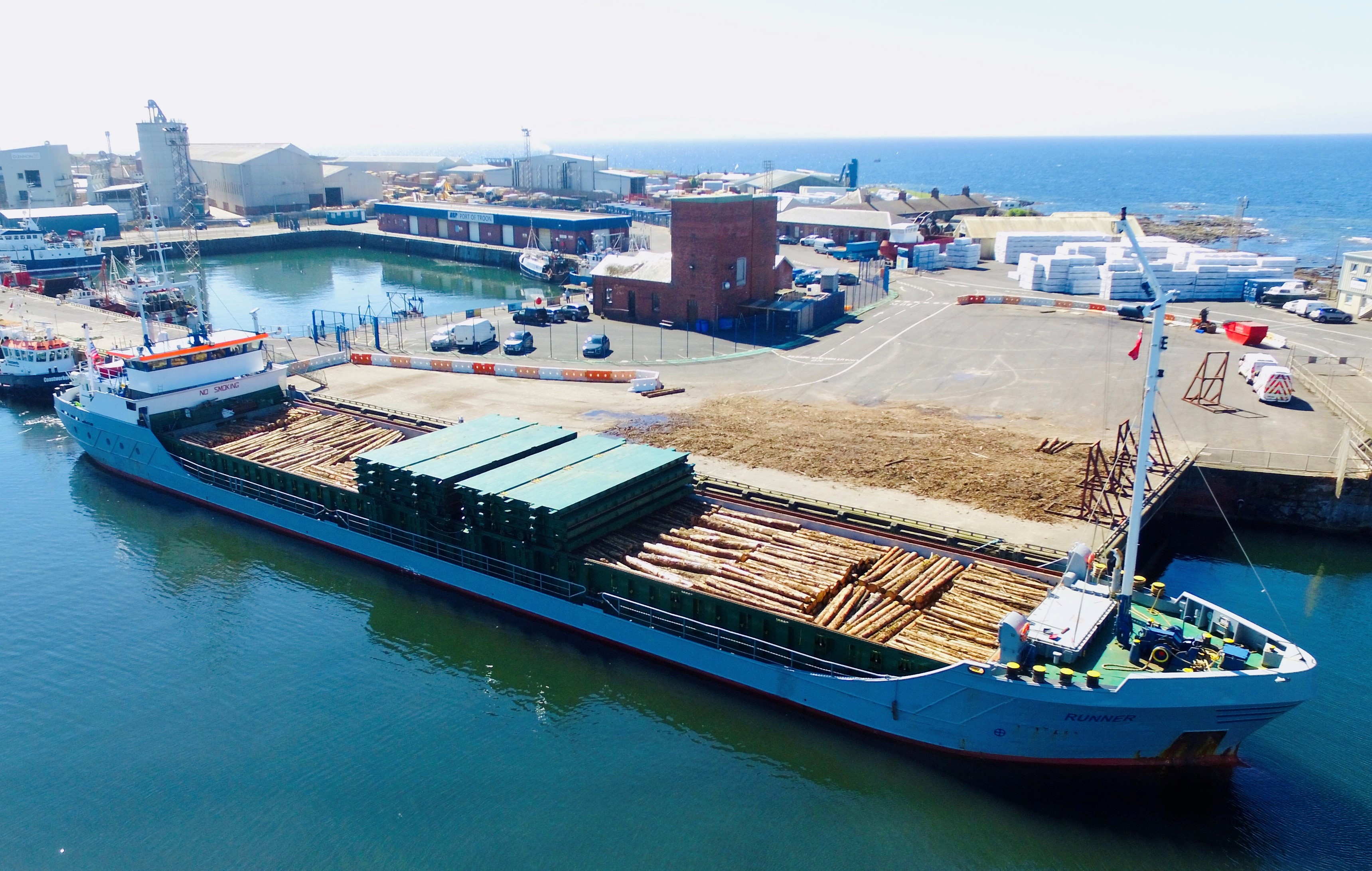30 Sep 2022
Blog: Work to decarbonise the forestry sector
In today’s #ScotClimateWeek Blog we hear from Roland Stiven who is our Business Development Advisor.
Roland has long experience in the forestry sector and is passionate about his work to support it, especially in its efforts to decarbonise.

My role
I work in the Business Development section of Scottish Forestry, looking at where the Scottish Government can usefully support the forestry and timber sector to grow and develop.
One of my areas of work is decarbonisation, which has various strands.
Scotland’s forests are a large store of carbon - every year they soak up around 14% of all gross emissions in Scotland With targets to further expand our forest area, these forests will continue to sequester carbon.
Using more timber to help climate change
A recent Forest Research report on Quantifying The Sustainable Forestry Carbon Cycle shows that all types of woodland creation in the UK will sequester similar amounts of carbon in the very long term of around 100 years. While the forests we plant for timber are harvested after a few decades, both the timber they produce and the next rotation of planted forest will continue to store carbon and add considerably to reducing our net emissions.
So, one way to help decarbonise our economy is to help develop markets that store home-grown timber in long lived products – like houses. If we can build homes that are more ‘timber rich’ we will not only store carbon but also displace concrete, brick and steel – all of which require lots of fossil fuel energy to produce. We liaise with other parts of government, universities, architects and the construction sector to develop the resources required and encourage demonstration projects.

Alternatives to fossil fuels
My other focus is on how the sector can wean itself off fossil fuels.
Like much of our economy the forest and timber supply chain is still very dependent on diesel to power the tractors, diggers, harvesting machines, lorries, loaders and some of the nursery and sawmilling equipment.
These will need to transition to biofuels or biogas or to battery electric or hydrogen fuel cells. Prototype electric harvesting machines are already appearing in the trade shows and Scottish Forestry is working with the sector to pilot three electric timber lorries next year.
Where practical, haulage from coastal forests is moving to shipping, which not only takes lorries off the roads but also tends to be more energy efficient. Scottish Forestry supports the Timberlink shipping service that moves timber across the Firth of Clyde from Argyll to Ayrshire where there is a concentration of processors.

Many of our sawmills, boardmills and paper mills now use recycled timber, forest residues and offcuts to provide heat and electricity in their processes.
Timber inevitably has to move around – our large forest resources will always be some way from the large centres of demand. However there remains scope to shorten supply chains – to process wood and add value locally and to supply our own markets with local timber wherever possible.
